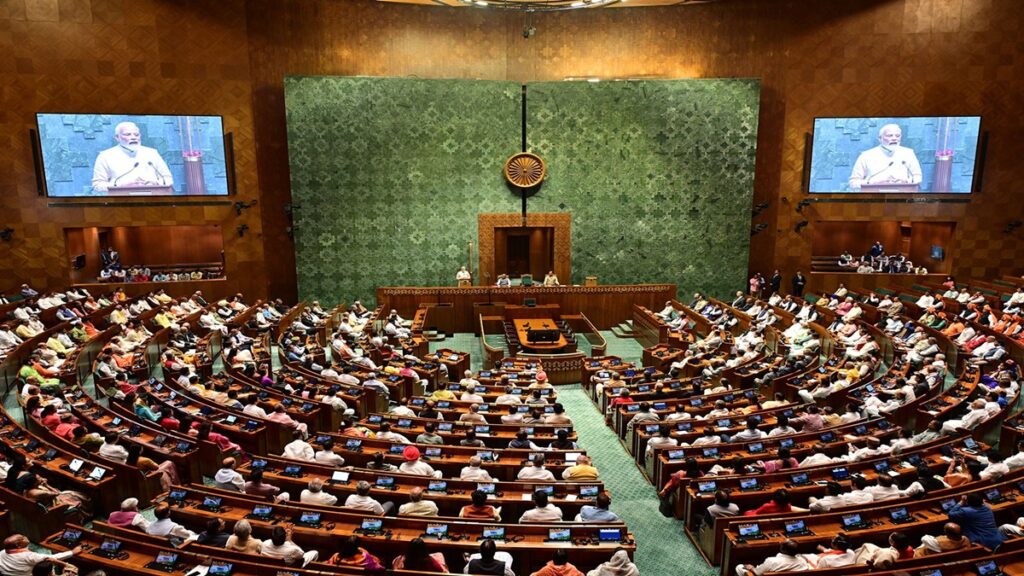Leopard population stable in India; MP reports highest population, decline observed in Shivalik Hills

Union Environment Minister Bhupender Yadav on Thursday released the report on status of Leopards in India. As per the report, Central India has recorded the highest population with Madhya Pradesh having 3,907 leopards.
On the release of the report, the union minister said that he was happy to share that the estimated leopard population in 70% of the leopard occupied area in India is now 13,874, up from 12,852 in 2018.
As per the report, Central India showed a stable or slightly growing population of leopards (2018: 8071, 2022: 8820), Shivalik hills and Gangetic plains experienced decline (2018: 1253, 2022: 1109). Further, the area which was sampled both in 2018 and 2022 across India, showed a 1.08% per annum growth. In Shivalik hills and Gangetic plains, -3.4% decline per annum was recorded, while the largest growth rate was in Central India and Eastern Ghats of 1.5%.
Madhya Pradesh houses the largest population of leopards in the country – 3907 (2018: 3421), followed by Maharashtra (2022: 1985; 2018: 1,690), Karnataka (2022: 1,879 ; 2018: 1,783) and Tamil Nadu (2022: 1,070; 2018: 868). Tiger Reserves or sites with highest leopard population are, Nagarajunasagar Srisailam (Andhra Pradesh), followed by Panna (Madhya Pradesh), and Satpura (Madhya Pradesh).
The fifth cycle of leopard population estimation (2022) in India focused on forested habitats within 18 tiger states, covering four major tiger conservation landscapes. Non-forested habitats, arid, and high Himalayas above 2000 msl (~ 30% area) were not sampled for leopard. This cycle conducted a foot survey spanning 6,41,449 km to estimate carnivore signs and prey abundance. Camera traps were strategically placed at 32,803 locations, resulting in a total of 4,70,81,881 photographs, resulting in 85,488 photo-captures of leopard.
The findings underscore the critical role of Protected Areas in conserving leopard populations. While tiger reserves serve as important strongholds, addressing conservation gaps outside protected areas is equally vital. Rising incidents of conflict pose challenges for both leopards and communities. Since leopards survival outside protected areas is equally important, collaborative efforts involving government agencies, conservation organizations, and local communities are essential to enhance habitat protection and mitigate human-wildlife conflict.
The union environment minister said that the ‘Project Tiger’s conservation legacy expands beyond tigers, evident in the leopard status report, showcasing broader species protection efforts.









